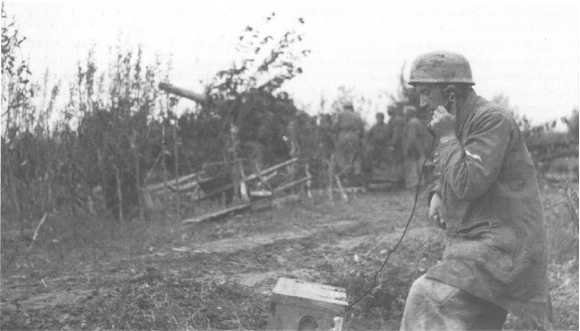
IT NEVER S N O W S IN SEPTEMBER
soon come into contact with the Kampf-gruppe Huber. This left one battalion of the501 in defensive positions in Veghel. Therewas nothing in Uden, seven kilometresnorth-west of Veghel, which was shortly tobe brushed by the right fringe of Walther'sattack. Concerned now at recent sightingsof German tanks between Gemert and Erp,adding to the previous unease stemmingfrom Dutch Resistance reports, Taylordecided to despatch additional forces toUden and Veghel. One battalion immedi-ately set off by truck, another on foot.Colonel Sink's 506 Parachute Infantry Regi-ment was ordered to send troops to Uden asthey were relieved by British troops atEindhoven and Son. About 150 men hastilyclambered aboard trucks for the northwardjourney; they should arrive by 1100. Theonly other Allied force in Veghel at thatmoment, apart from columns movingthrough, was the XXX Corps Nijmegen
anti-aircraft group. They had parked up inthe early morning in order to allow 69Brigade Group to pass through a prioritymove. There was urgent activity as theytook up defensive positions and began todeploy guns in both the anti-air and fieldrole.At 0900 German commanders in theKampfgruppe Walther stared intently atwatch faces as the final seconds ticked off'H' hour. Fists jabbed skyward in the tug-ging motion that signified 'advance'.Slowly, reluctantly, the infantry got to theirfeet and walked steadily forward. Stomachstightened with fear — this was it! Tanks andhalf-tracks to the right of the road roaredoff at speed to achieve their first tacticalbounds. On the left the advance progressedat infantry pace. Artillery began burstingon the initial objectives.SS-Captain Damaske, moving with theKampfgruppe Richter, noted with relief
7

Artillery began bursting on the initial objectives. Ammunition was
short. (Bundesarchiv)
254